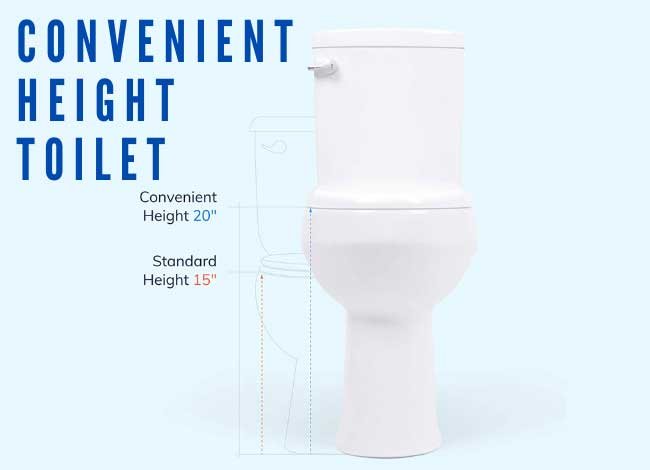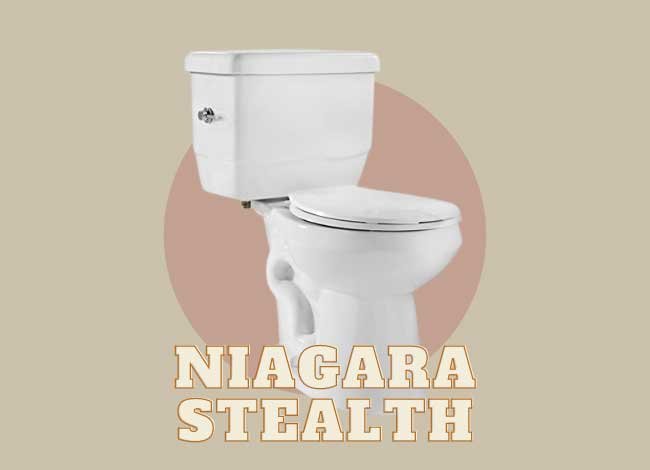Last Updated on January 22, 2024
A toilet is a place for releasing human waste. It has a systematic way to release human waste through the drainpipe and also extract all the liquid garbage. But solid materials like plastic are unsuitable to be flushed through the toilet.
How to Dissolve Plastic in a Toilet Bowl?
Unfortunately, many people throw their plastic and solid materials in the toilet. These types of materials are not extracted with a simple flash. So, we must take the other way.
Use a toilet plunger
A toilet plunger is the best solution for dissolving any plastic piece in a toilet bowl. Take the plunger, enter it into the toilet inside, and try to take out the plastic piece. You have to do this task several times.
Use a toilet auger
Using a toilet auger is almost identical to using a plunger. First, put on a pair of gloves on your hands, and then enter the auger into the toilet. Now, forcefully enter the auger into the toilet and hit the plastic piece. Finally, the plastic piece can be dissolved.
Use a big flow of water
A flash is insufficient to remove the sticking plastic from the toilet line. So, you have to apply a process that can easily remove the plastic from the toilet.
Take a large bucket and fill it with water. Now, throw the entire contents of the bucket inside the toilet bowl. It will put a huge pressure on the toilet and help remove the sticking plastic in a few seconds.
Related: How to Disinfecting a Retainer Dropped in the Toilet?
Use hot water
Sometimes, the sticking plastic does not dissolve easily despite using several techniques. In this situation, you can use hot water. It will loosen the plastic quickly and help you dissolve it.
Use a drain snake
It is one of the appropriate devices for dissolving plastic from the toilet’s interior. You must collect a long, stiff drain snake; otherwise, it cannot work properly. Now, forcefully insert one side of the drain snake inside the toilet and try to touch the plastic with it. The drain snake will work better than a toilet auger or a plunger. It is longer, so it is appropriate for dissolving the plastic far away from your hand.
The steps for removing plastic from the toilet bowl
Follow the steps below to dissolve the plastic piece from the toilet’s interior. Maintain the serial of each of the tasks; otherwise, the task will not be successful.
Step 01: Turn off the water supply
This step is the first task for every plumber. Without turning off the water supply, you cannot get proper access to plumbing the toilet or doing anything else. The water flow can prevent your essential activities.
Step 02: Apply the way
Now, apply the specific method that you want to follow to dissolve the plastic. Use a plunger, toilet auger, or hot water. But you must follow any one of them. If you are a failure, you can try another way.
Step 03: Flush the toilet
After successfully removing and dissolving the plastic from the toilet, you must reactivate and flush the toilet’s water supply.
What to do when the plastic attaches firmly but does not include a plunger?
Sometimes, the plastic in the toilet stays inside the bowl and gets stuck tightly. So, it is hard to take it out with a plunger. In this situation, you have to pour a small amount of liquid soap or detergent inside the toilet bowl. It will work as a lubricant to quickly remove the stuck piece of plastic.
Can vinegar and baking soda remove plastic from the toilet’s interior?
Vinegar and baking soda are the two common solutions that can be used for washing various products. The solutions can work effectively to make the toilet surface clean. However, these solutions have no effect on anything. Plastic is not dirt, which will be removed by applying vinegar or baking soda. Instead, use a material or product that can remove the plastic from the inside of the toilet. But you can use hot water with vinegar and baking soda in this situation. Therefore, the ingredients will give you a better cleaning experience.
Can I use a drain cleaner to dissolve plastic in a toilet?
It depends on the material of the toilet drainpipe. Most of the toilet pipes are dissimilar to the drain because the toilet pipes are made of PVC or other plastic materials. So, these pipes should not be cleaned with drain cleaner; otherwise, they can be damaged soon. These cleaners have acids and several chemicals that can eat through the pipes.
Final thoughts
You should hire a professional plumber if you have no experience removing plastic pieces from a toilet bowl. An inexperienced person may perform a task incorrectly. It is not good for the toilet; it can soon damage the toilet.
Frequently Asked Questions
- Can plastic dissolve in water in the toilet?
- Most plastics do not dissolve in water, especially not in the short time they would be in a toilet.
- Are there any household chemicals that can dissolve plastic in a toilet?
- Household chemicals are generally not effective at dissolving plastic and can be harmful to plumbing.
- Is it safe to use drain cleaners to dissolve plastic in a toilet?
- Drain cleaners are not recommended as they can damage plumbing and are ineffective against plastic.
- Can hot water help dissolve plastic in a toilet?
- Hot water is unlikely to dissolve plastic and may cause damage to the toilet’s internal components.
- What are the risks of leaving plastic in the toilet?
- Plastic can cause blockages, leading to potential overflow, water damage, and costly repairs.
- Should I try to retrieve the plastic myself?
- If visible and reachable, carefully attempt to retrieve it with gloves. Avoid using sharp or metal objects.
- What tools can help remove plastic from a toilet?
- A plunger or a toilet auger can be used to dislodge and possibly retrieve the plastic.
- When should I call a plumber for a flushed plastic item?
- If the plastic is causing a blockage or if it’s not retrievable by simple means, call a plumber.
- Can flushing plastic damage the septic system or sewer?
- Yes, plastic can damage septic systems and contribute to sewer blockages.
- How can I prevent accidentally flushing plastic in the future?
- Keep the toilet lid down when not in use and dispose of plastics properly in trash bins.
- Are there any environmental concerns with flushing plastic?
- Yes, plastics can pollute water systems and harm wildlife if they enter natural waterways.
Hi, I am Jose S. Franz. Currently, I am working as a professional plumber, and our team offers various plumbing services at an affordable price. After my college education, I completed a vocational certification course in plumbing systems and worked with several construction companies. Since then, I have fixed lots of different toilet models, from older to the latest versions. So I have more than 22 years of experience installing plumbing systems and toilets in both residential and commercial buildings.



